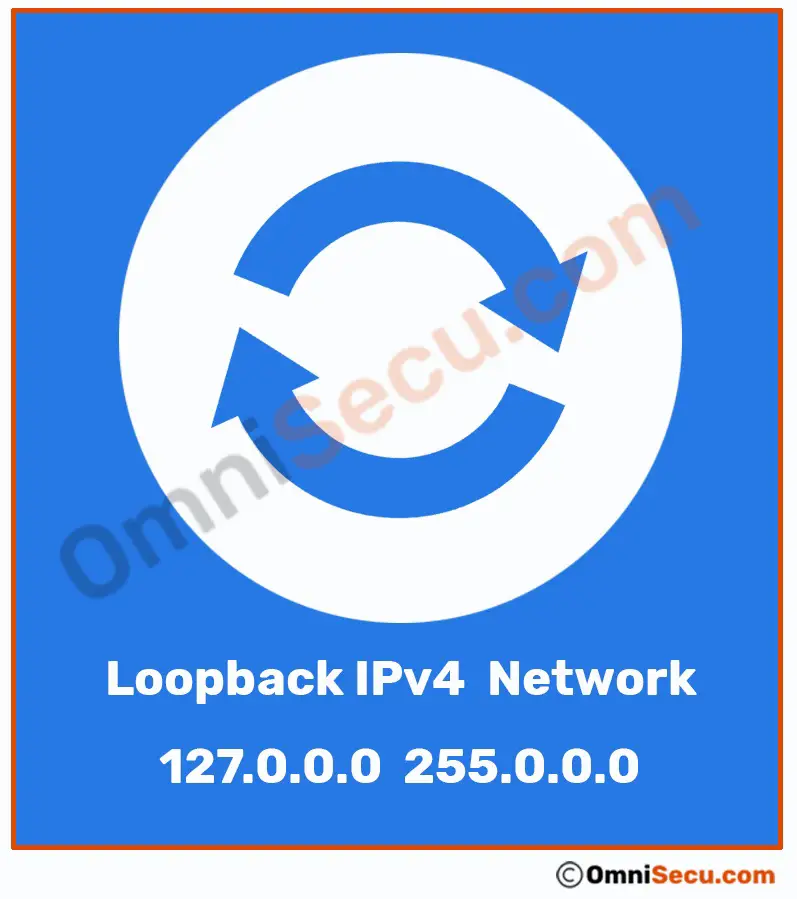
Technically you could assign 127.0.0.1 to a physical NIC, but I think only Linux would actually let you. It's a convention, but a convention all ISPs and operating systems follow. You can do anything you want as long as both sides agree, but usually you don't control the other side, so standards and conventions determine what you can do unless you create conditions where those no longer apply.ġ27.0.0.0/16 is reserved by the IANA for loopback adapter purposes, and that's it. What is the difference between these loopback addresses (I assume 127.0.0.1 - 127.0.0.255?) and "real" (maybe non-loopback is the better word?) IP addresses?Īll IP addresses are "real". Some operating systems have the loopback interface as an interface you can see and manipulate like any other interface (Linux and the common lo interface versus ones like eth0, etc.), and some make the loopback interface invisible (Windows).
#Loopback ip address driver#
So, operating systems can present a "loopback" interface to applications, which internally will take incoming traffic and basically copy it to the interface's output buffer without handing it to a device driver that talks to a physical NIC - hence "loopback". Interfaces do not have to be backed by physical hardware, an operating system can provide a driver that looks like a network interface to an application, but is really something else. IP addresses are assigned to interfaces, not computers, etc. Like what software/hardware says, "StoneThrow's PC, you're assigned 72.212.216.41, so your C programs are allowed to call bind() with that address"?

I think the gist of my questions is I'm trying to understand how IP address assignment/availability works in the context of a single PC.
#Loopback ip address software#
Is 72.212.216.41 something that's tightly-coupled to my network card and immutable? Or can some software process change it?.

#Loopback ip address code#
what governs whether the IP address 72.212.216.41 is available on that particular PC for the C code to function correctly?

a TCP listener does a bind() to a 127.0.0.x address. Over the years I've written various little TCP/UDP sender/receiver projects - mostly simple hello-world-level code, in order to learn the mechanics of sending/receiving data over TCP or UDP.īut almost all the examples I've referenced tend to use 127.0.0.x as the receiver's address. I have this gap in my understanding of networking that I've always had a hard time crossing.


 0 kommentar(er)
0 kommentar(er)
